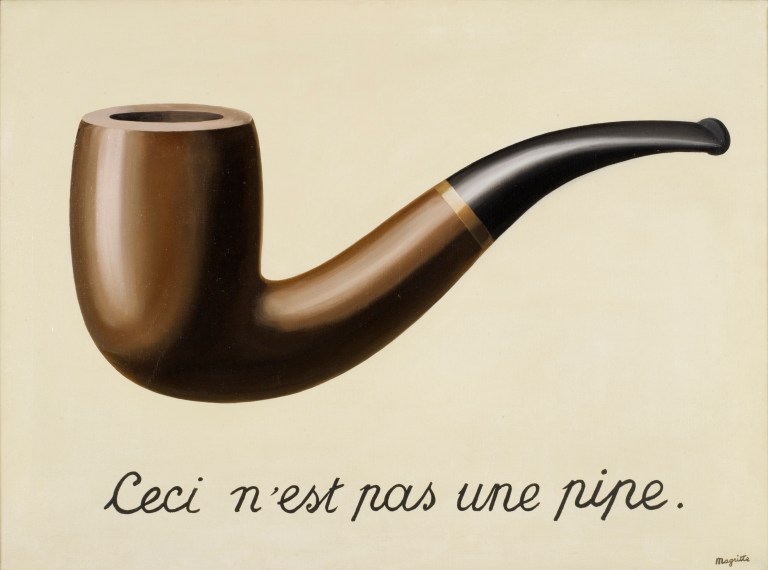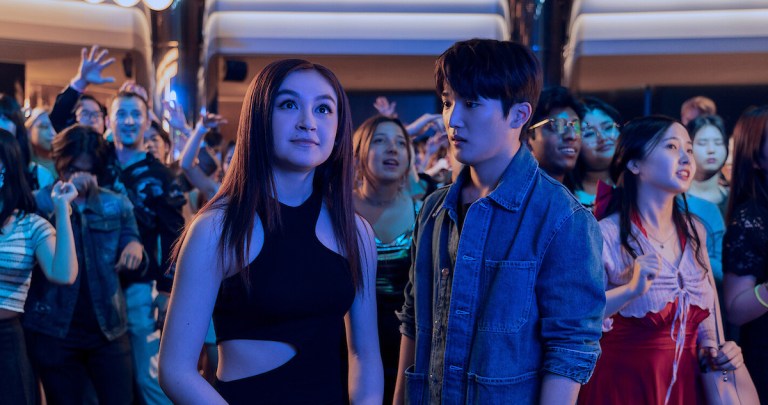Slicing Open the Eyeball: Rick Poynor on Surrealism and the Visual Unconscious
More than just the preeminent commentator on the social role and cultural politics of graphic design in contemporary culture, the English cultural critic Rick Poynor is our most reliable dashboard navigator through the visual landscape, a politically astute, historically literate GPS plotting our course through the forest of signs.
By Mark Dery

More than just the preeminent commentator on the social role and cultural politics of graphic design in contemporary culture, the English cultural critic Rick Poynor is our most reliable dashboard navigator through the visual landscape, a politically astute, historically literate GPS plotting our course through the forest of signs.
In startlingly insightful yet poetic essays for magazines such as Print (for which he writes the “Observer” column) and Eye, the British design review he founded in 1990; the website Design Observer, which he co-founded; in classrooms and lecture halls around the world; in the movie Helvetica; and in books such as his masterful collections, Obey the Giant: Life in the Image World (2001), and Designing Pornotopia: Travels in Visual Culture (2006), Poynor offers an inspiring lesson in the power of visual literacy at a moment when our cultural consciousness is increasingly ruled, as Walter Lippmann predicted, by the pictures in our heads.

But until I heard Poynor’s recent lecture at the School of Visual Arts, in Manhattan, I had no idea he was a closet Surrealist.
Nominally a behind-the-scenes view of the curatorial logic that guided his show, “Uncanny: Surrealism and Graphic Design,” which ran at the Moravian Gallery in Brno in the Czech Republic from June 23 to October 24, last year, Poynor’s lecture was, in truth, his coming-out as an unreconstructed Surrealist. “The fact is, I have a not-so-secret commitment to the idea of Surrealism,” he confessed, to a packed house. “This is not just a scholarly, detached, undertaking; I really believe in this stuff.”
With a mouse click, he flashed an image of Surrealism: Permanent Revelation, by Roger Cardinal and Robert Stuart Short, a book that was a blasting cap in his 15-year-old mind.

What made the book extraordinary, he noted, was that although it was written by “academics with literary and art-historical interests,” it nonetheless viewed Surrealism “from the standpoint of people who were devotees; they were committed.” Committed to what? Committed to Surrealism’s permanent revelation: the adoption of a dreamlike consciousness—Breton’s “pure psychic automatism”—as a worldview, in which everyday reality was refracted through the unconscious mind.

Mark Dery: It was thrilling to hear you champion Surrealism, which is reflexively dismissed as part of the sedimentary record of art history, as a guiding principle for making one’s way through the world—not only the world of ideas but the psychogeography of the visual landscape, even the emotional terrain of daily life.
But what does that mean, really? What does it mean to live as a Surrealist? To say, with complete ingenuousness, that you’re a Surrealist over a half a century after the death of Surrealism’s “pope,” André Breton; after Dalí turned the Revolution of the Mind into a one-man brand, long before Warhol, Kostabi, and Koons elevated self-marketing to an art form; after MTV reduced it to an empty signifier? What does Surrealism have to teach us, early in the 21st century? What “profoundly important things” does Surrealism still have to say to the modern world, or the post-postmodern world, or [your preferred periodization here]? As important, what daily affirmations does it offer you, as a true believer?
Rick Poynor: I don’t want to start by splitting hairs, but saying I have a commitment to the idea of Surrealism is not quite the same as saying I’m a card-carrying Surrealist. Words like “unreconstructed” or “true believer” make it sound like some naïve faith, as though I’ve remained unaware of all the ways that Surrealism is problematic: its political ambiguity, its dubious treatment of women, its commercialization, its loss of cultural and moral authority after the Second World War, its wholesale absorption into the cultural mainstream (any curious experience is “surreal,” now, in ordinary speech) to the point where it’s questionable whether Surrealism has anything at all left to “reveal” to us.
In fact, in the decades since I found Surrealism as a teenager, my attraction to the movement has gone through different phases, including times of reduced interest, especially compared to where I am with Surrealism now, though there was never a time when I gave up on it. And that’s the point: we often tire of things, grow out of them, wonder why we cared so much, and feel retrospective embarrassment at what later looks like misjudgment. With Surrealism, that never happened. Time and experience tested it and proved its value. That youthful encounter blasted open a mental door and what was on the other side—there is so much on the other side—has never ceased to be meaningful to me.

I should also emphasize at the outset that while I’m greatly interested in Surrealism’s precepts, personalities, history, and literature, my fascination began with the visual art of Surrealism and this has always been its bedrock. When I look at Surrealist art, it still delivers its mysterious psychic shocks. Surrealism codified a poetic principle that has always existed as a possibility and still exists in life and art “after Surrealism.” “There is another world,” said Paul Éluard, “but it is in this one.” This, for me, is a guiding principle—the illuminating essence of the Surrealist revelation. I’m deeply attracted to the fantastic, the strange, the marvelous, the nameless, the uncanny, but not in the flimsy, escapist sense of fantasy otherworlds remote from our own. I’m searching for the fantastic, the unaccountable, in the tangible world, in ordinary experience and everyday life, the moments when something unexpected but deeply thrilling is suddenly manifest. The mystery is here if we would but see it. We are bound to try to talk about this, but it eludes final explanation and that’s the measure of its power.



